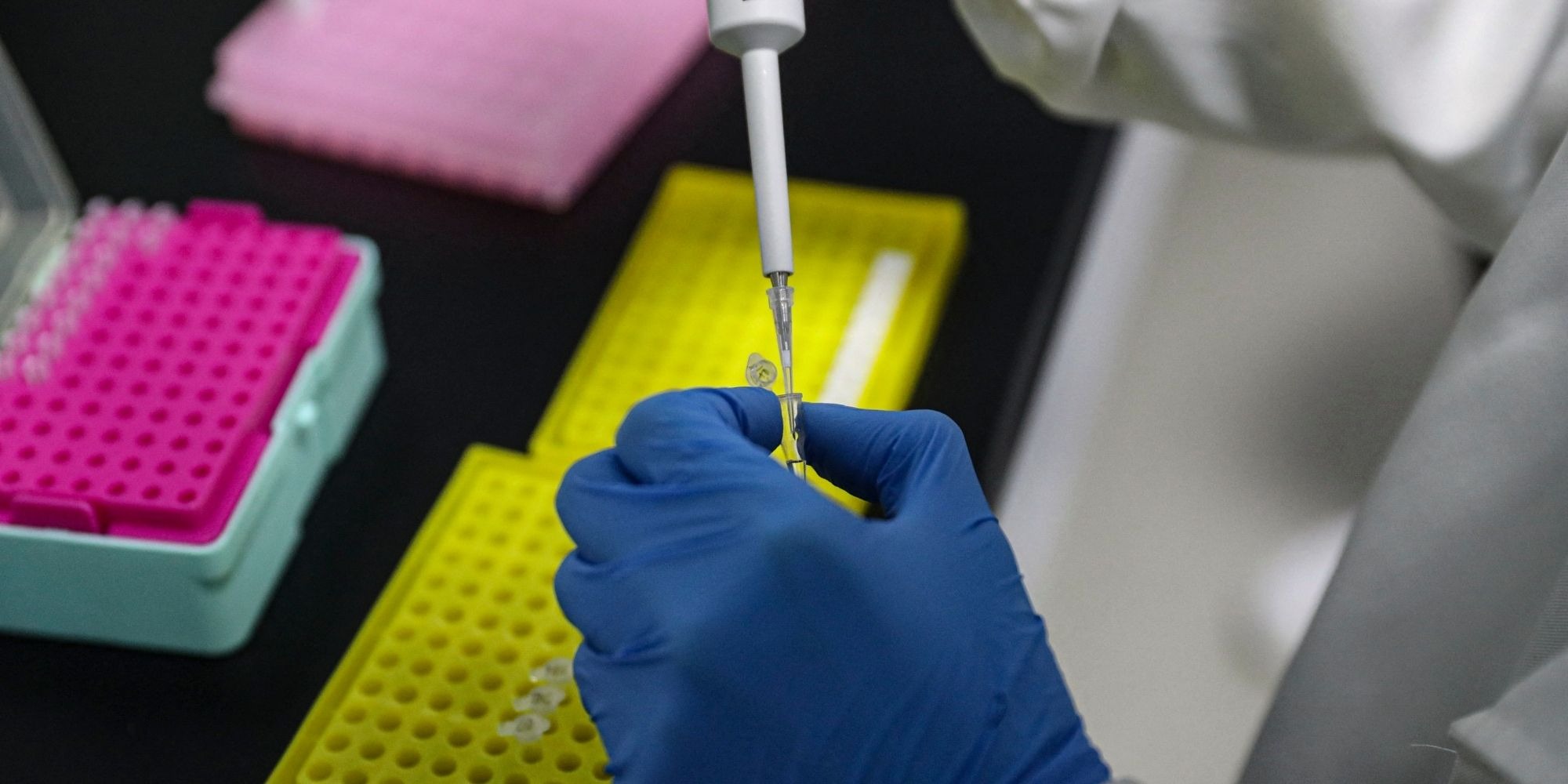Yasmina Kattou, edited by Loane Nader // photo credit: STR / AFP
This Tuesday begins the flu vaccination. People over the age of 65, pregnant women, or people with other risk factors such as obesity are called upon to be vaccinated as a priority. But to make a good vaccine, you will first have to break eggs.
The flu vaccination campaign begins this Tuesday. This is an opportunity to become familiar with the vaccine and especially to learn more about its design which requires chicken eggs. Europe 1 visited the laboratories of Sanofi, the largest vaccine production factory in Europe, located in Normandy.
650,000 eggs pass through the factory’s conveyor belts every day and one egg is one dose. “The start of production consists of inoculating eggs with the flu virus,” explains Henri Lanfry, director of the Sanofi site in Normandy. A small hole is therefore dug in the shell, which is plugged so that the virus can multiply in the white of the egg for 4 days, at a temperature of 30 degrees.
One million syringes produced per day
“The eggs will be turned over to recover the egg white, which contains the flu virus. We will remove all the impurities that we may have to keep only the virus,” continues Henri Lanfry. The egg white is then passed through high-powered centrifuges to isolate the virus. At the end of the process, which takes a day, the active ingredient, a liquid that no longer has anything to do with eggs, is ready. Then comes the transition to syringing. “At peak production, we can make a million syringes every day,” explains the director of the Sanofi site in Normandy.
Finally, the 650,000 eggshells are crushed and then recycled so that their methanization can be used to heat, among other things, the municipal swimming pool.
